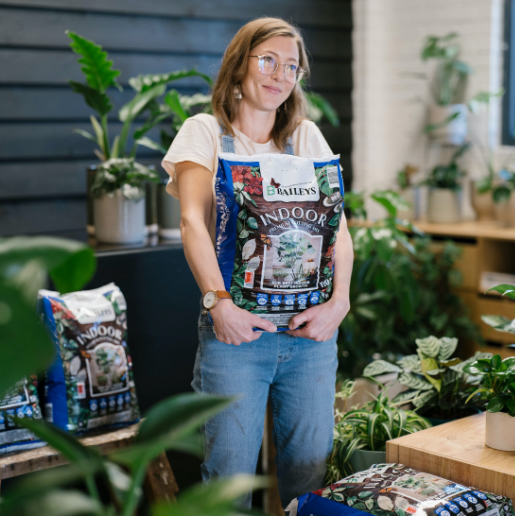
Join our Great Gardens Club!
Sign up to enjoy 15% off your first purchase from Baileys online. Plus, get our monthly WA gardening tips, latest news and promotions straight to your inbox.

Sign up to enjoy 15% off your first purchase from Baileys online. Plus, get our monthly WA gardening tips, latest news and promotions straight to your inbox.
If your couch, buffalo or kikuyu feels spongy under foot, or there's lots of brown dead matter in the profile, it has a thatch build up and now's the time to remove this layer consisting of rotting stems, leaves and clippings. This slows the infiltration of moisture into the soil and can also be a starting point for fungal disease. There are several methods to dethatch, some better suited to different lawn varieties.
Aerating compacted soils improves the amount and movement of oxygen, water and nutrients into the soil profile. Various forms of coring equipment can be hired for heavily compacted or large areas to make the job easier, or you can use a garden fork or aerating sandals for lightly compacted or smaller areas.
As a lawn corer moves over the lawn, it punches holes into the lawn and pulls out plugs of soil, thatch and lawn, leaving open holes in the lawns surface. Depending on your soil profile, topdress and rake amendments into these holes to get the good stuff into the soil profile.
After dethatching or aerating fertilise with a quality, slow release, granular fertiliser which provides all turf macro and micro nutrients. TURFECT Energy is the perfect fertiliser to use as the mni prill, microbial coating and added bio-stimulants can get into the soil profile and help your lawn recover fast. Make sure to spread evenly at a rate of 50g/m2.
WA's sandy soil profile benefits from a topdress blend of fine, mature compost and mineral sands. The organics encourage greater populations of soil organisms, the wonderful creatures who make nutrients plant available. Dress with Lawn Reviver, spreading thinly and evenly over the grass. Then massage this material into the lawn using the back of a flat steel rake or a specific lawn spreader tool. Water in well and make sure the topdress settles into the body of the grass.